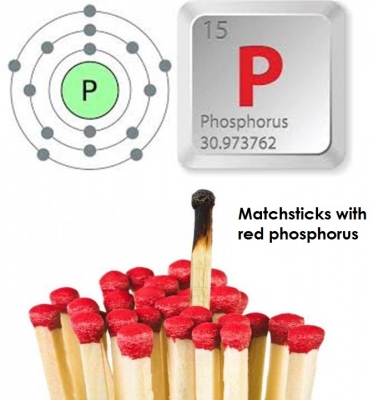
Hennig Brandt is often credited for the discovery of phosphorus, and there is a very interesting story behind the discovery of this element. One night, in his laboratory, Brandt was attempting to create the Philosopher’s Stone, an elusive goal that was chased by numerous alchemists from time immemorial. The Philosopher’s Stone is said to transform base metals into gold! The year was 1669.
Brandt was heating a mixture of sand and charcoal with a tar like substance produced by boiling down about 1,200 gallons of urine for over two weeks. He then kept this mixture at the highest temperature his furnace could produce. He had spent most of that day in his laboratory, and after many hours a white vapour formed, which condensed into thick drops. What was exciting was that these drops gleamed brightly for hours. Brandt called this glowing, waxy substance phosphorus, a Latin term for things that give off light. This was a completely new thing to be discovered at that time.
In Brandt’s era, the world was believed to be made up of four elements: fire, air, water, and earth. So, like his colleagues to whom he showed his new compound, Brandt also assumed that it was composed of these elements. (It was only after about a hundred years later that Antoine Lavoisier replaced this worldview with another idea that elements were simple substances, which cannot be further isolated.) Anyhow, Brandt’s phosphorus was a spectacular sight, which is immortalized by Artist Joseph Wright of Derby in his painting The Alchemist.
Picture Credit : Google




